SwitchedOnToys – Gear Transmission : Gear transmission is a fundamental mechanical process used to transfer motion and power between gears through the engagement of their teeth. This method is widely used in modern machinery and equipment due to its efficiency, reliability, and capability to handle a broad range of power and speed requirements. As part of cost-effective learning and STEM education, understanding gear transmission provides valuable insights into mechanical systems and engineering design.
How Gear Transmission Works:
-
Gears are circular components with evenly spaced teeth around their edges. When two gears mesh, the teeth of one gear engage with the teeth of another, creating continuous motion transfer. This interaction occurs at the pitch point, and the circle through these points is known as the pitch circle.
-
Hands-On Experience: By studying gear transmission, students can visualize and understand how different gear arrangements and tooth patterns affect motion and power transfer, making it a practical example of mechanical engineering in action.
Transmission of Motion and Power:
-
The driving gear (or input gear) receives power from an external source, such as an engine or motor. The driven gear (or output gear) receives power from the driving gear and transmits it to another component of the machine. This interaction efficiently converts the input motion and power into the desired output.
-
Educational Value: Gear transmission models serve as teaching resources, demonstrating how gears can be used to modify speed, torque, and direction in various applications, from simple machines to complex machinery.
Innovative Design and Practical Applications:
-
STEM Learning: Understanding gear transmission principles through hands-on models helps illustrate the broader concepts of mechanical systems and engineering design. These models can show how gear configurations impact performance and efficiency.
-
Cost-Effective Learning: Gear transmission kits offer a practical and engaging way to explore mechanical engineering concepts without the need for expensive equipment.
Overall, gear transmission is an essential concept in mechanical engineering, providing a clear and effective means of understanding how motion and power are transferred in machinery. This model not only demonstrates the principles of gear interaction but also serves as a valuable educational tool for exploring mechanical design and engineering.
Types of Gears
-
Tooth Orientation: The teeth are aligned parallel to the gear’s axis, allowing for direct and efficient power transmission.
-
Usage: Primarily used for transferring motion between parallel shafts.
-
Characteristics: These are the simplest and most used gears due to their straightforward design and ease of manufacturing.
Helical Gears:
-
Tooth Design: Teeth are angled relative to the gear’s axis, creating a helix that engages gradually.
-
Operation: They deliver smoother and quieter operation compared to spur gears by reducing noise and vibration.
-
Application: Capable of transmitting motion between both parallel and non-parallel shafts, enhancing their versatility.
Bevel Gears:
-
Surface: Teeth are cut on a conical surface, allowing for the transmission of motion between shafts that intersect.
-
Typical Use: Ideal for changing the direction of rotation between shafts that are usually positioned at right angles.
Worm Gears:
-
Components: Consist of a worm (a gear shaped like a screw) meshing with a worm wheel.
-
Function: They provide high reduction ratios and are used for transmitting torque with significant mechanical advantage.
-
Configuration: Suitable for motion transfer at right angles with non-intersecting shafts.
Planetary Gears:
-
Structure: Composed of a central sun gear, planet gears that orbit the sun gear, and an outer ring gear.
-
Advantages: Known for their high torque density and compact design, making them efficient in space-constrained environments.
-
Common Use: Frequently employed in automatic transmissions for their ability to handle high torque in a compact space.
Advantages of Gear Transmission
High Efficiency:
-
Performance: Gear transmissions typically achieve efficiencies ranging from 95% to 99%, depending on gear type and quality.
-
Impact: This high efficiency translates to reduced energy losses and enhanced overall performance.
Reliability:
-
Durability: Gears are robust and designed to withstand high loads and extended use with minimal wear and tear.
-
Long-Term Performance: Their reliability ensures consistent operation over long periods, making them suitable for critical applications.
Precision:
-
Control: Gear systems offer precise motion control, making them ideal for applications requiring exact positioning and synchronization.
-
Examples: Essential in machinery and systems where accurate movements are crucial.
Versatility:
-
Design Flexibility: Gears can be engineered to transmit power and motion in various directions and angles, accommodating diverse mechanical needs.
-
Application: This adaptability makes them suitable for a wide range of industrial and consumer applications.
Compactness:
-
Space Efficiency: Gear systems can be designed to be compact, reducing the space needed in machinery and equipment.
-
Benefit: This space-saving aspect is particularly valuable in applications with limited installation space.
Applications of Gear Transmission
-
Use: Integral to transmissions, differentials, and various engine components, gears facilitate power transfer and speed control in vehicles.
Industrial Machinery
-
Presence: Essential in equipment such as conveyors, machine tools, and robotic systems, where they play a critical role in automation and precision.
Aerospace:
-
Role: Gears are crucial in-flight control systems, engines, and landing gear mechanisms, providing reliable motion and power transfer under demanding conditions.
Consumer Electronics:
-
Examples: Found in devices like electric screwdrivers, printers, and clocks, gears contribute to the functionality and reliability of everyday gadgets.
Renewable Energy:
-
Application: In wind turbines, gear transmissions increase the rotational speed from the blades to the generator, optimizing energy conversion and efficiency.
 100% Australian owned
100% Australian owned



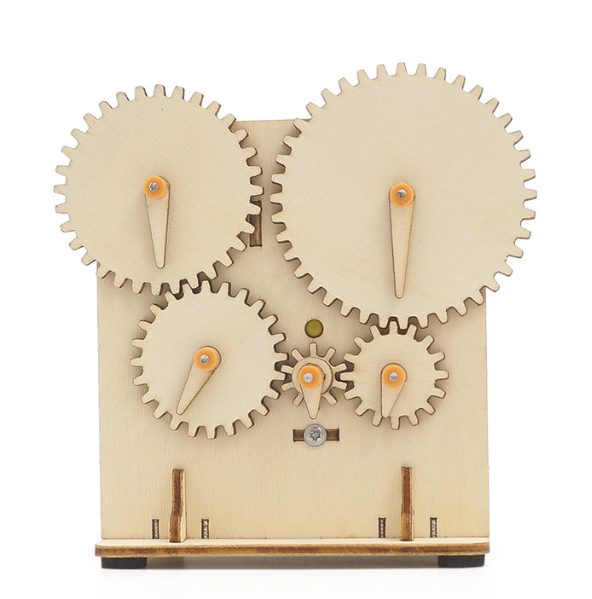
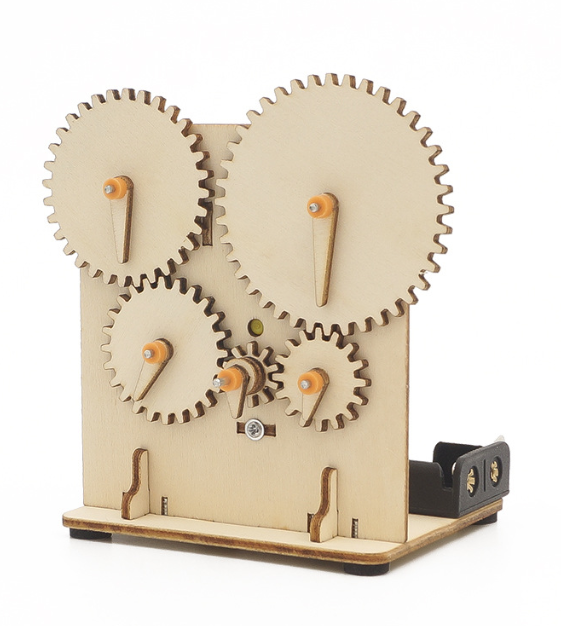
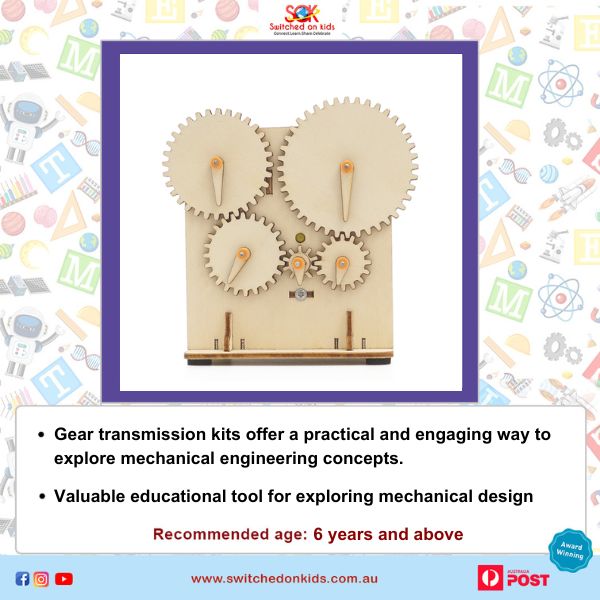
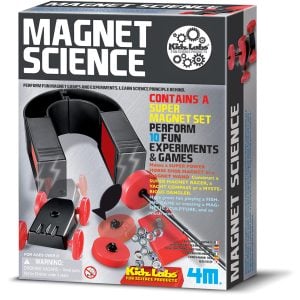
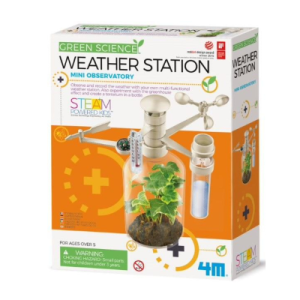

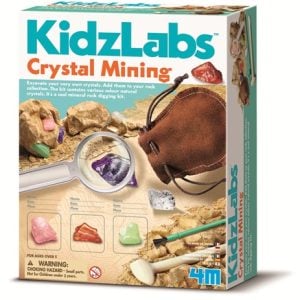

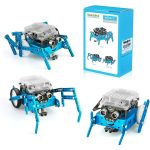
Reviews
There are no reviews yet.